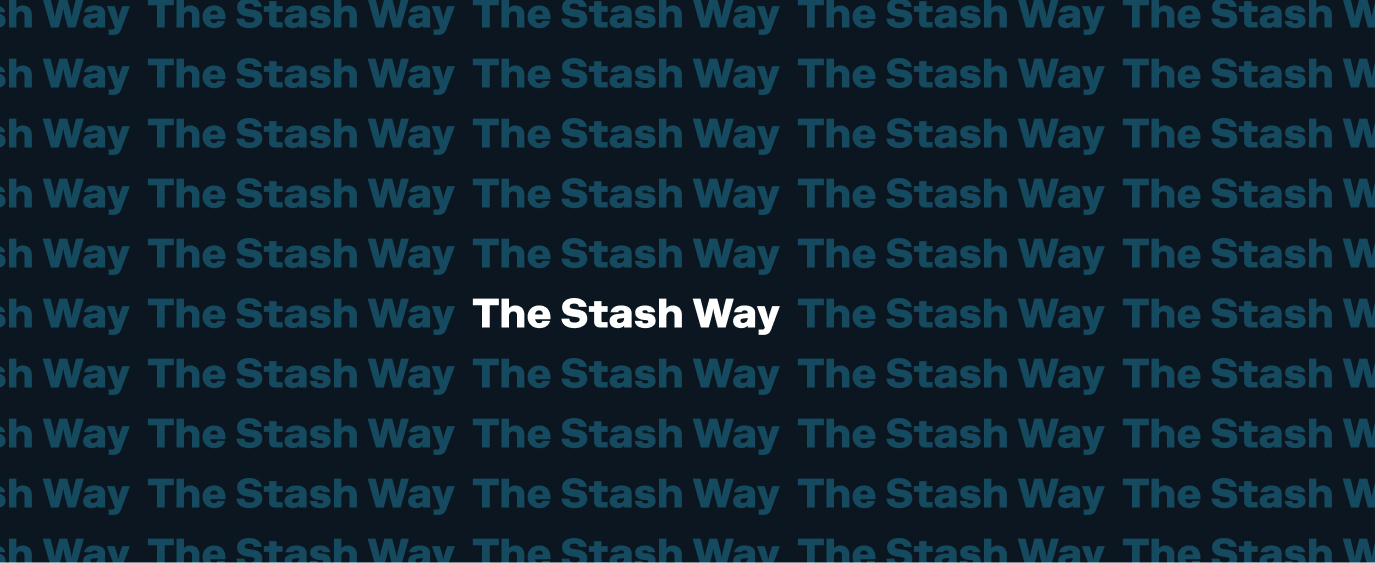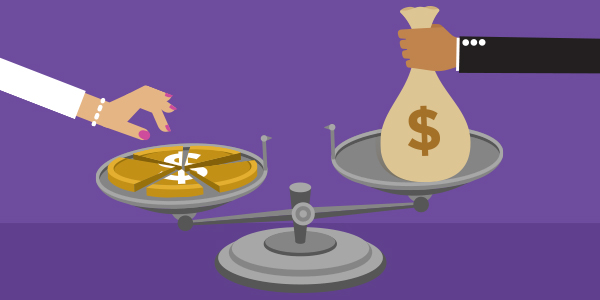Are Custodial accounts protected from creditors and garnishment?
Custodial accounts may be subject to garnishment from creditors looking to collect a debt owed. For creditors looking to collect on a debt owed by the custodian of the account, the Custodial account does not offer any special protection. As long as the account is under your name, it will be treated as if it belongs to you.
Once created, the parent relinquishes ownership of the assets, which become the property of the minor once they reach the age of majority.
How is this account protected by the FDIC?
In the event of a bank failure or takeover, custodial accounts are FDIC insured. This means that if anything happens to Stash, our custodian Apex, or the wider banking system, your custodial account is safe from creditors.
A custodial account is a kind of irrevocable trust. Because it is established by one party in the name of another party, it is treated like a trust account. This agreement is considered irrevocable and cannot be altered.
According to the FDIC, irrevocable trust accounts are generally insured for deposits up to $250,000, or more in some cases. This insurance is separate from other coverage provided for any other types of accounts held by the owner or beneficiary at the same bank.
—–
“Kids Portfolio” is a custodial UGMA / UTMA account. Money in a custodial account is the property of the minor. This type of account is a Non-Discretionary Managed account.
Related questions View all Custodial
-
Q. IRA Close or Withdrawal State IRA Withholding Requirements
Traditional IRA required state withholdings. If you’re requesting to make a partial withdrawal from your Traditional Individual Retirement Account (IRA), or to close it completely, you’ll need to fill out a withdrawal form before the account can be closed. On this form,…
-
Q. Quick Start Your Stash – 2024 New Depositor Promotion
Looking to take control of your finances in 2024? If you’re a new customer or have not yet made a deposit into your Stash account prior to 01/01/24, you can earn up to $10. To earn the first $5 promo, deposit at least $5 into your Personal or Smart Portfolio by 4/30/24.…
-
Q. Everything you Need to Know about Dividends
A dividend is a payment to a shareholder when a company shares its profits. The amount of dividends you receive will be proportional to the amount of stock you own in that company. Dividends are usually paid in cash (not additional stock),…
Didn’t find your question?
Tell us what you’re looking for, and we’ll search for resources that could help.
Ask your question

